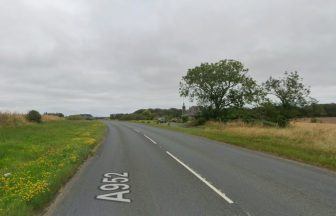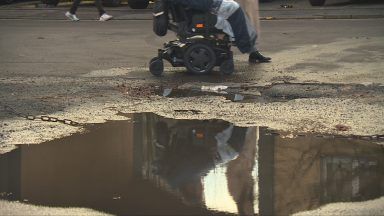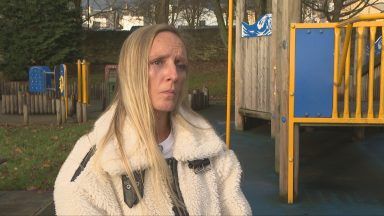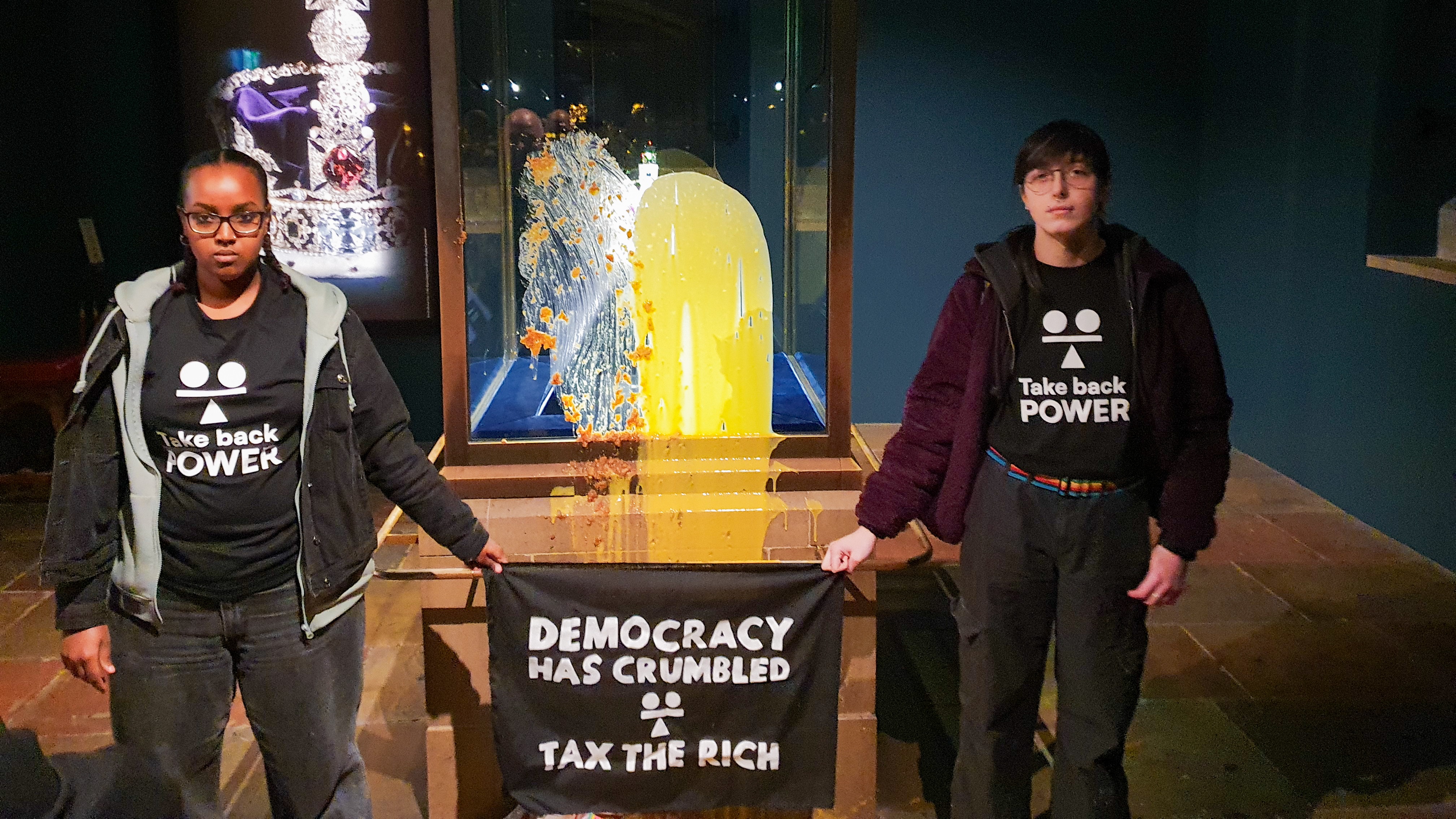Scottish Government plans to create a new national park in Galloway could cost the area more than £500 million by 2035, a new report has warned.
A study concluded that if the proposed new Galloway national park is to have a planning regime similar to the country’s two existing national parks “the region could experience a cumulative loss of around £543 million GVA (gross value added) by 2035”.
If Scotland’s third national park is established there, the report – produced by BiGGAR Economics for Scottish Renewables – said it will “almost certainly reduce deployment of onshore farms in south-west Scotland by making it more difficult for developers to secure planning permission for developments near the park”.
It said designating a national park in the area could “affect the deployment of onshore wind in the region” with this in turn having an immpact on economic activity in the area.
The report added that, if the proposed national park in Galloway adopted a similar planning regime to existing parks in the Cairngorms and Loch Lomond & the Trossachs, “the region could experience a cumulative loss of around £543 million GVA by 2035, around 470 fewer jobs/year might be supported at the peak of activity, and the region could miss out on around £64 million in community benefit funding”.
It comes as projections from the UK Department for Energy Security and Net Zero indicate that Dumfries and Galloway could generate up to 3.2 gigawatts (GW) of energy from onshore wind by 2035 – with projects having the potential to support up to 624 jobs annually at the peak of activity, while community benefit payments to the area could amount to £146 million by 2035.
Meanwhile, the Scottish Government’s onshore wind policy aims to achieve 20GW of capacity by 2030 as part of efforts to boost renewable electricity and move away from fossil fuels.
In light of that, Scottish Renewables chief executive Claire Mack said: “The proposal to designate a new national park in Dumfries and Galloway must be weighed carefully against the significant economic and environmental contributions of renewable energy projects currently in development.”
She added: “Research by BiGGAR Economics shows that blocking onshore wind developments alone could lead to fewer jobs, lower investment, and lost opportunities for communities.”
She added: “That’s just part of the picture – the study didn’t include the impact of losing solar, battery storage, or transmission projects, which would make the economic hit even worse.
“A national park designation should not come at the cost of clean energy, green jobs, and vital infrastructure.
“Any decision must consider what local communities stand to lose, not just what they might gain.”
Follow STV News on WhatsApp
Scan the QR code on your mobile device for all the latest news from around the country


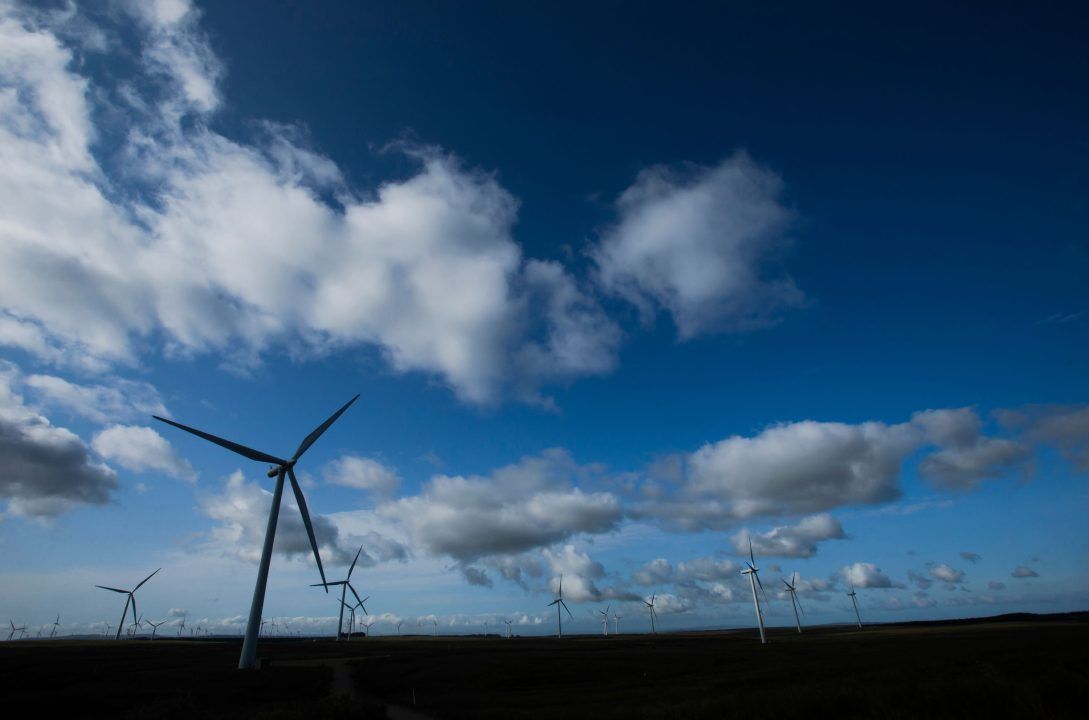 PA Media
PA Media

